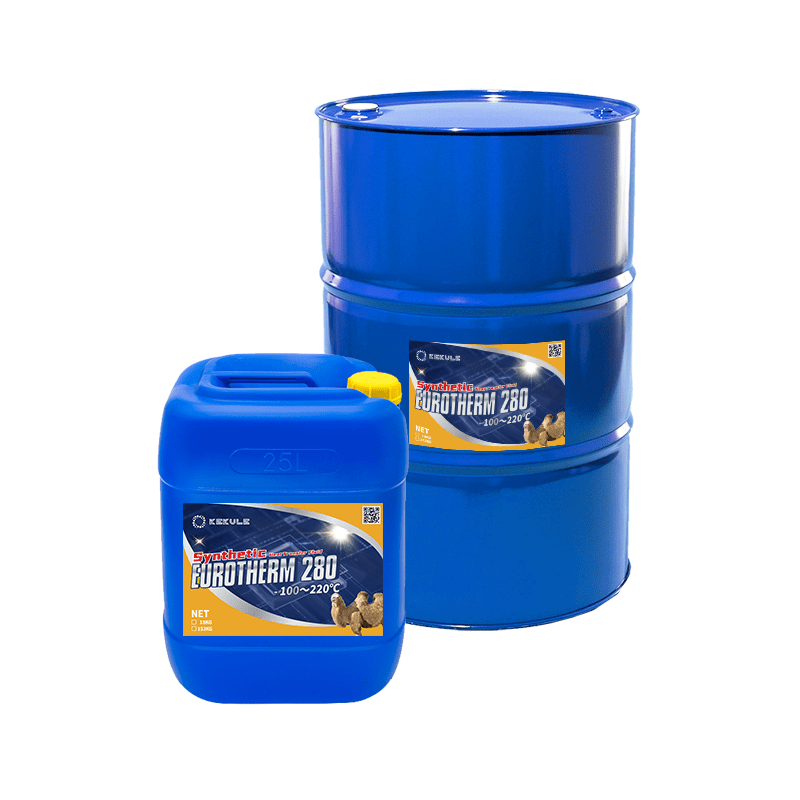A Biased View of Chemie
Table of ContentsSome Known Facts About Chemie.How Chemie can Save You Time, Stress, and Money.Getting My Chemie To WorkChemie Can Be Fun For AnyoneThe smart Trick of Chemie That Nobody is DiscussingThe Basic Principles Of Chemie
By Bojanna Shantheyanda, Sreya Dutta, Kevin Coscia and David SchiemerDynalene, Inc. Fluid air conditioning, which can be accomplished utilizing indirect or direct means, is used in electronic devices applications having thermal power densities that may surpass safe dissipation via air cooling. Indirect liquid air conditioning is where heat dissipating digital elements are literally separated from the liquid coolant, whereas in instance of straight air conditioning, the parts are in direct call with the coolant.Nonetheless, in indirect cooling applications the electrical conductivity can be important if there are leakages and/or spillage of the liquids onto the electronic devices. In the indirect air conditioning applications where water based fluids with corrosion inhibitors are generally used, the electrical conductivity of the liquid coolant mainly relies on the ion concentration in the liquid stream.
The rise in the ion concentration in a shut loophole liquid stream might take place because of ion leaching from metals and nonmetal parts that the coolant fluid is in contact with. During procedure, the electric conductivity of the fluid may boost to a level which could be harmful for the air conditioning system.
What Does Chemie Do?
(https://www.bitchute.com/channel/1zhJpASNsf9U)They are bead like polymers that can exchanging ions with ions in a solution that it is in contact with. In the existing work, ion leaching tests were performed with numerous metals and polymers in both ultrapure deionized (DI) water, i.e. water which is treated to the highest degree of pureness, and low electric conductive ethylene glycol/water mixture, with the measured modification in conductivity reported in time.
The examples were permitted to equilibrate at room temperature level for two days before taping the initial electric conductivity. In all examinations reported in this study liquid electrical conductivity was determined to an accuracy of 1% making use of an Oakton CON 510/CON 6 collection meter which was adjusted before each dimension.
The Single Strategy To Use For Chemie
from the wall home heating coils to the center of the heater. The PTFE example containers were put in the heating system when constant state temperatures were reached. The examination configuration was gotten rid of from the heating system every 168 hours (seven days), cooled to room temperature with the electric conductivity of the liquid determined.
The electric conductivity of the fluid sample was kept track of for a total of 5000 hours (208 days). Schematic of the indirect closed loop cooling experiment set up. Elements utilized in the indirect closed loophole cooling experiment that are in call with the liquid coolant.

Getting The Chemie To Work
The modification in liquid electric conductivity was kept track of for 136 hours. The liquid from the system was gathered and saved.

0.1 g of Dowex resin was included in 100g of liquid samples that was absorbed a different container. The combination was mixed and transform in the electrical conductivity at area temperature level was measured every hour. The measured change in the electric conductivity of the UP-H2O and EG-LC examination liquids including polymer or metal when involved for 5,000 hours at 80C is shown Number 3.
The Greatest Guide To Chemie
Figure 3. Ion seeping experiment: Measured change in electric conductivity of water and EG-LC coolants containing either polymer or metal examples when submersed for 5,000 hours at 80C. The results indicate that metals added fewer ions into the liquids than plastics in both UP-H2O and EG-LC based coolants. This might be as a result of a thin metal oxide layer which may serve as a barrier to ion leaching and cationic diffusion.
Fluids containing polypropylene and HDPE exhibited the least expensive electrical conductivity modifications. This might be as a result of the short, rigid, direct chains which are less likely to add ions than longer branched chains with weak intermolecular pressures. Silicone likewise performed well in both test fluids, as polysiloxanes are normally chemically inert due to the high bond energy of the silicon-oxygen bond which would certainly protect against destruction of the product into the fluid.
The Only Guide for Chemie
It would be anticipated that PVC would certainly produce comparable results to those of PTFE and HDPE based upon the similar chemical structures of the products, nevertheless there may be various other pollutants present in the PVC, such as plasticizers, that may affect the moved here electric conductivity of the liquid - silicone synthetic oil. Additionally, chloride teams in PVC can additionally seep into the examination liquid and can trigger an increase in electric conductivity
Polyurethane totally degenerated right into the test fluid by the end of 5000 hour test. Before and after pictures of steel and polymer examples immersed for 5,000 hours at 80C in the ion leaching experiment.
Measured adjustment in the electrical conductivity of UP-H2O coolant as a feature of time with and without resin cartridge in the shut indirect air conditioning loophole experiment. The gauged modification in electric conductivity of the UP-H2O for 136 hours with and without ion exchange material in the loophole is shown in Figure 5.